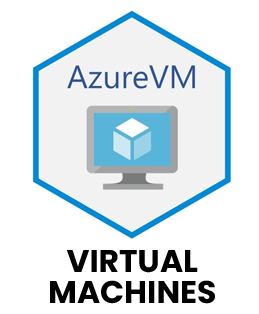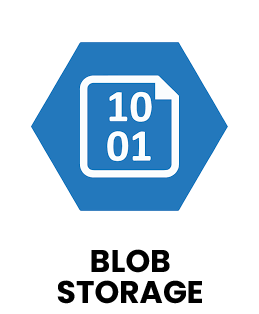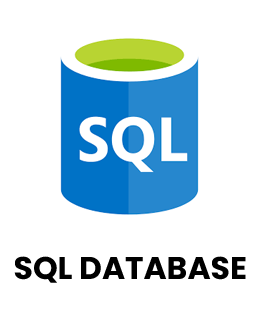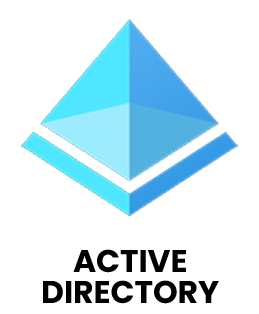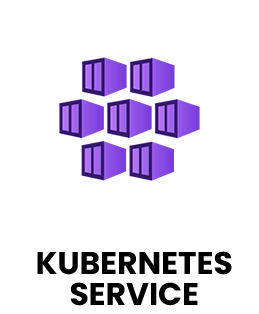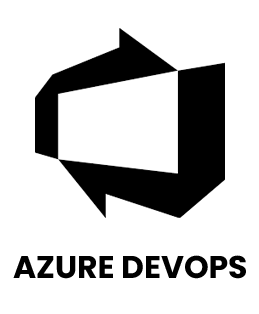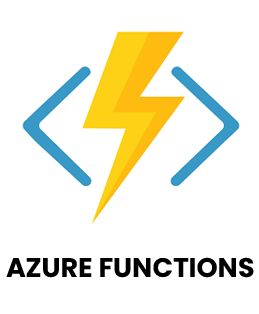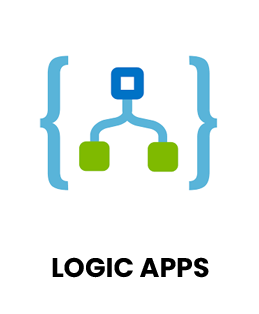1. What distinguishes Azure IaaS, PaaS and SaaS from one another?
Ans:
In Azure, IaaS provides infrastructure like VMs and storage, PaaS offers a platform for app development without managing servers and SaaS delivers ready-to-use applications over the cloud. Each model serves unique business needs.
2. What techniques do you use to secure cloud resources in Azure?
Ans:
Securing Azure resources involves identity and access management, multi-factor authentication, encryption of data while it's in transit and at rest, network security groups and compliance monitoring using Azure Security Center.
3. What kinds of Azure accounts exist and when should access be restricted?
Ans:
Azure accounts include subscription owners, contributors and readers. Access should be restricted for inactive users, temporary contractors or accounts with unnecessary high-level privileges. Least privilege access ensures better security.
4. Explain auditing and activity tracking in Azure.
Ans:
Azure provides auditing through Activity Logs, Monitor and Azure Security Center. These track changes to resources, access attempts and policy updates. Logs can be reviewed to detect anomalies, ensure compliance and improve accountability.
5. What is an Azure Resource Group and why is it important?
Ans:
A Resource Group is a logical container holds related Azure resources like VMs, databases and storage. It simplifies management, deployment and monitoring of resources, ensuring consistent organization and lifecycle control.
6. What are role-based access control (RBAC) and policies in Azure?
Ans:
RBAC assigns fine-grained access to users, groups or applications, while policies enforce organizational rules, such as restricting certain resource types. Together, they secure resources and ensure compliance.
7. How does Azure handle exception scenarios in deployments?
Ans:
Azure allows exception handling using automation scripts, custom policies and rollback strategies during failed deployments. Controlled exceptions help maintain system stability while supporting unique business requirements.
8. What is performance monitoring in Azure?
Ans:
Performance monitoring is done through Azure Monitor and Application Insights. These tools track resource health, latency and performance bottlenecks, enabling admins to optimize workloads and ensure uninterrupted services.
9. What is the difference between an Azure Administrator account and a regular user account?
Ans:
A regular user account can access assigned resources with limited permissions. An Azure Administrator account has elevated rights to manage subscriptions, resources and security settings. Admin accounts must be tightly secured.
10. What are the key components of Microsoft Azure and why are they important?
Ans:
Key components include Virtual Machines, Networking, Storage, Databases and Azure DevOps. These services form the backbone of Azure, enabling businesses to build, deploy and scale cloud applications securely and efficiently.





